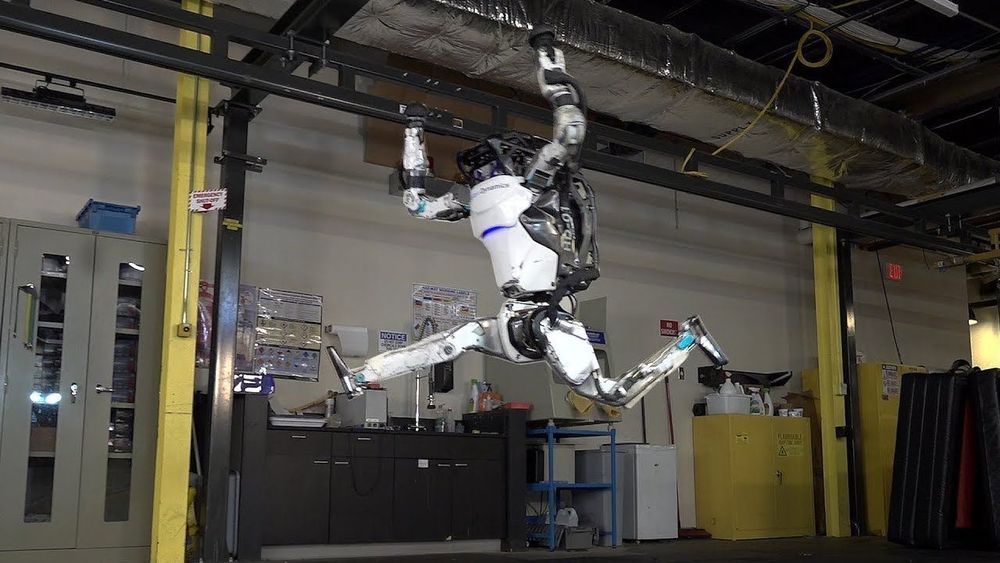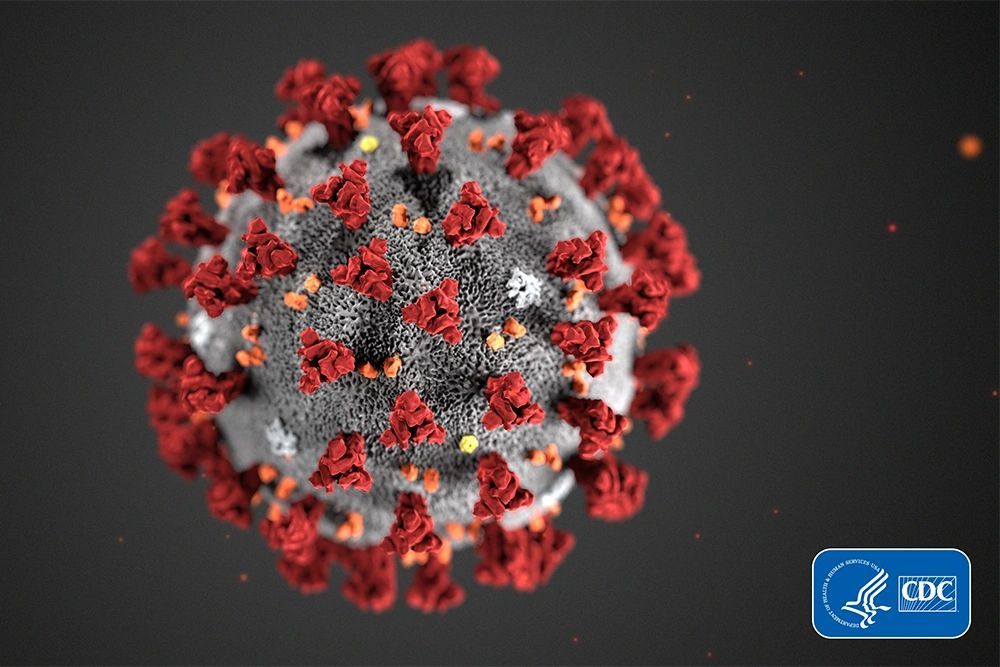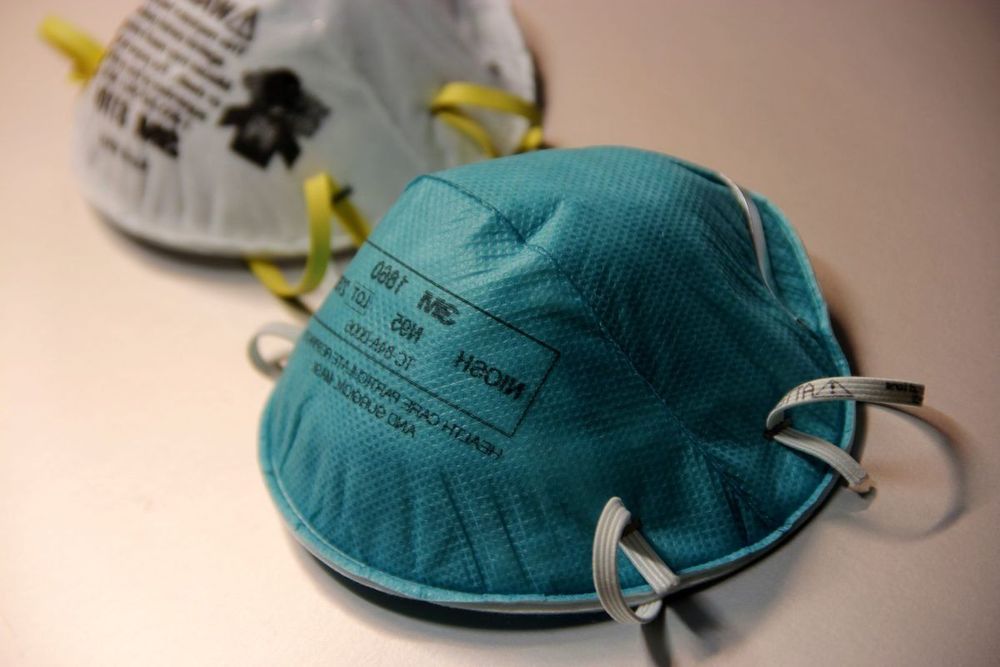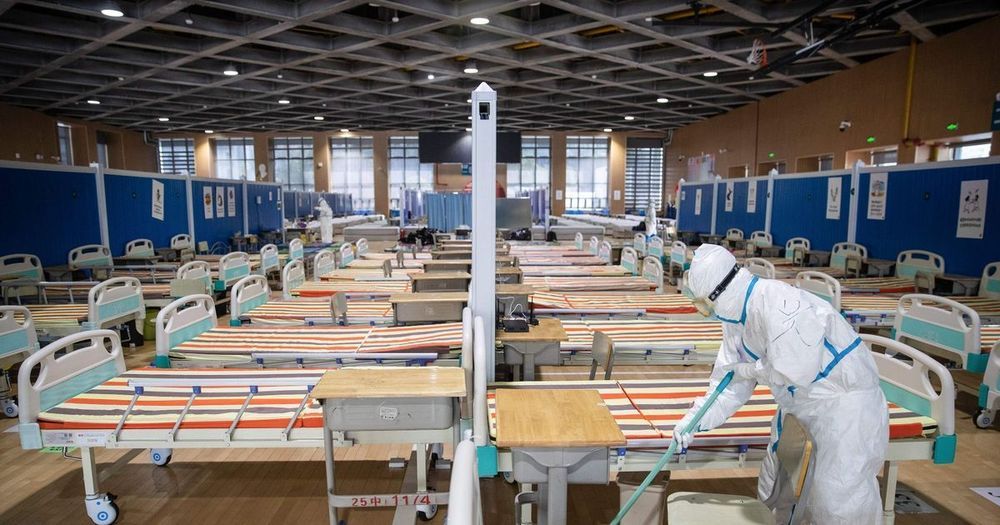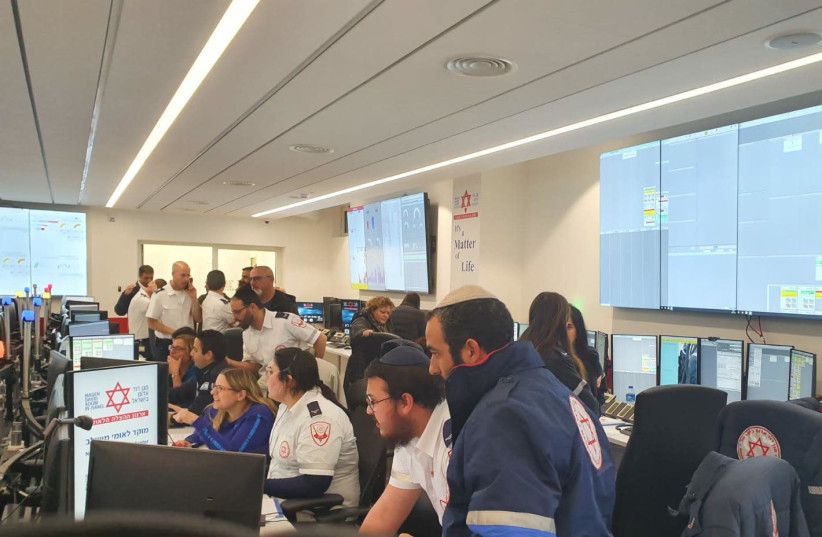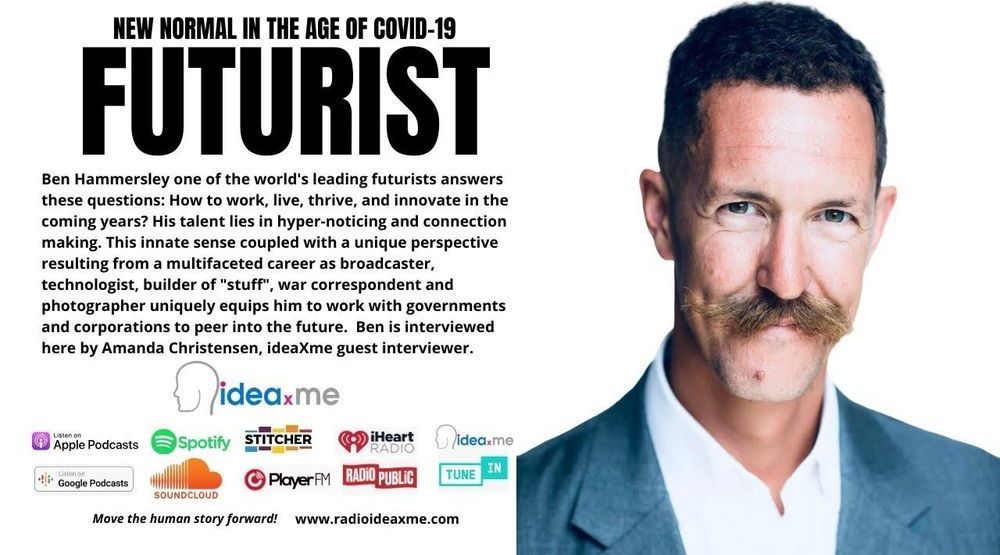According to The Associated Press, 76-year-old Andrew Jack, who had roles in “Star Wars: Episode VIII – The Last Jedi,” “Star Wars: Episode VII – The Force Awakens” and “Solo: A Star Wars Story,” died Tuesday at a Surrey, England, hospital.
Alongside the news that Boston Dynamics is going to let its robot dog, Spot, out of its laboratory for the first time, the company has released a new video of Atlas, its spectacular bipedal robot that’s previously been seen doing everything from parkour to backflips. In this latest video, Atlas does a small gymnastics routine, consisting of a number of somersaults, a short handstand, a 360-degree spinning jump, and even a balletic split leap.
What’s most impressive is seeing Atlas tie all these moves together into one pretty cohesive routine. In the video’s description, Boston Dynamics says that it’s using a “model predictive controller” to blend from one maneuver to the next. Presumably each somersault gives the robot a fair amount of forward momentum, but at no point in the video does it seem to lose its balance as a result. Amazingly, Atlas is able to roll gracefully along its back without any of its machinery getting squashed or tangled.
Please click the button below to report on a cancer patient with COVID-19. See below for eligibility.
A team of Stanford researchers may have found a way to use heat to disinfect N95 respirators, potentially enabling reuse of the single-use masks that are running dangerously low nationwide as the number of COVID-19 cases in the U.S. continues to grow.
The team’s research, based on experiments on a type of fabric commonly used in respirators and industrial-grade respirators, found that a 30-minute exposure to 75 °C could be used up to 20 times to disinfect N95 respirators without a loss of filtration efficiency and mechanical deformation.
These findings could be game-changing for both hospitals and individuals due to the method’s ease of use, said materials science and engineering professor Yi Cui, who led the research at 4C Air along with physics and molecular biology professor Steven Chu.
Granted it’s a Mirror article, but interesting with potentially bad ramifications if true.
Researchers found a middle-aged man who had mild symptoms but a prolonged version of the potentially deadly illness, according to reports.
The first patient who recovered from coronavirus donated plasma on Wednesday that will be used to create a “passive vaccine” to treat Israelis who are severely ill with COVID-19.
This assumes that those who have recovered from COVID-19 have developed special anti-virus proteins or antibodies in their plasma, which could therefore help sick patients cope with the disease.
Defining our “New Normal” in the Age of Coronavirus — Amanda Christensen, ideaXme (http://radioideaxme.com/) guest interviewer, interviews Ben Hammersley, one of the world’s leading futurists to answer questions about how we are going to work, live, thrive, and innovate in the coming years — #Ideaxme #BenHammersley #Innovation #Futurist #Futurism #Covid19 #Coronavirus #Science #Longevity #Health #Medicine #Environment #Space #Oceans #Literature #Music #Food #Future #Entertainment #Sports #Fashion Awesome Foundation European University Institute United Nations Alliance of Civilizations (UNAOC) UNAOC Fellowship Program Goldsmiths, University of London WIRED UK The Brookings Institution European Commission.
Amanda Christensen, ideaXme guest interviewer, interviews Ben Hammersley, one of the world’s leading futurists and founder of international Strategic Foresight agency Hammersley Futures.
Amanda Christensen Comments:
Our world as we know it has seemingly changed overnight as countries globally make the decision to impose lockdown-type mandates in a worldwide effort to slow the spread of the deadly coronavirus (Covid-19).
As statistics, mandates, stocks, and all information related to coronavirus changes minute by minute, it can be overwhelming to keep up with it all, let alone separate fact from fiction, with misinformation being spread just as rapidly as the virus itself.
In yet another demonstration of how rapidly technology can advance, biotech firm Abbott Laboratories has developed a new molecular test for the detection of novel coronavirus (COVID-19), which delivers results in just five minutes.
Abbott Laboratories, headquartered in Illinois, United States, has been granted Emergency Use Authorisation (EUA) by the Food and Drug Administration (FDA) for adapting COVID-19 tests to its ID NOW platform.
This lightweight (3 kg, or 6.6 lb) and portable device (the size of a small toaster) is already the most widely available molecular point-of-care testing platform in the U.S. today. Its molecular technology – a unique system called isothermal nucleic acid amplification – provides rapid processing of samples and a high degree of accuracy, allowing clinicians to make evidence-based clinical decisions during a patient visit. Essentially, it highlights the presence of a virus by identifying a small section of its genome, then “amplifying” that portion until enough is present for detection.

